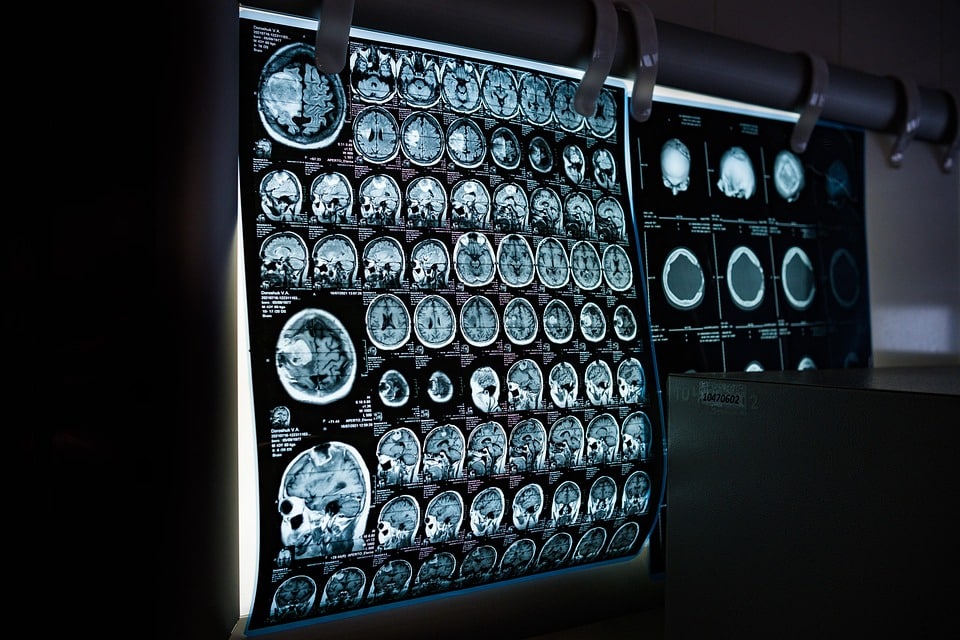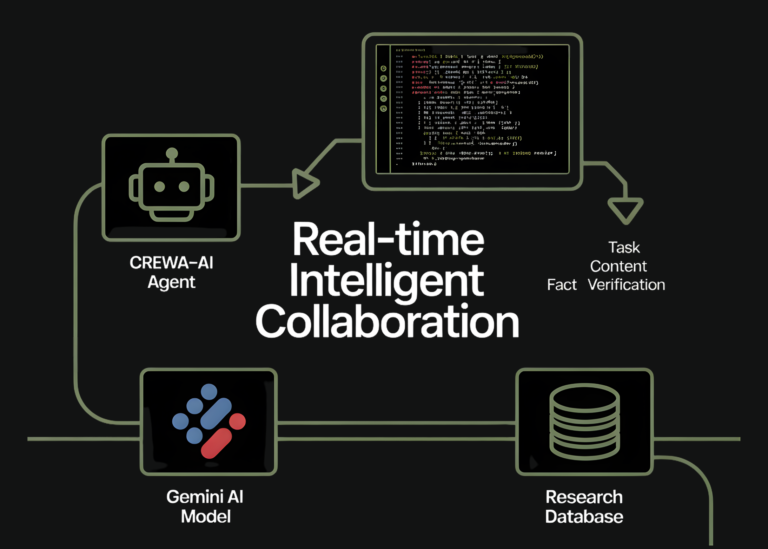AI Tools for Analyzing Medical Imaging Data: Revolutionizing Diagnosis and Patient Care
Introduction
Medical imaging has long been a cornerstone of modern healthcare, enabling clinicians to visualize the human body’s internal structures for diagnosing diseases, monitoring treatments, and planning interventions. From X-rays and MRIs to CT scans and ultrasounds, these technologies generate vast amounts of data that require meticulous analysis. However, the process is often time-consuming, labor-intensive, and susceptible to human error. Enter artificial intelligence (AI), a transformative force redefining how medical images are interpreted. By leveraging advanced algorithms, AI tools are enhancing accuracy, accelerating diagnosis, and improving patient outcomes. This article explores the evolving role of AI in medical imaging, its key technologies, real-world applications, and the challenges and opportunities that lie ahead.
The Role of AI in Medical Imaging
AI’s integration into medical imaging is driven by the need to address critical gaps in traditional methods. Radiologists and clinicians face overwhelming workloads, with studies showing that a single CT scan can produce thousands of images requiring analysis. AI acts as a powerful assistant, automating tasks that once took hours and reducing diagnostic delays. By analyzing patterns in imaging data, AI can detect anomalies that might escape human notice, such as early-stage tumors or subtle fractures. This capability is particularly valuable in resource-limited settings, where access to skilled professionals is scarce, and in high-volume environments like emergency departments.
How AI Tools Work with Medical Imaging
AI tools in medical imaging rely on machine learning (ML) and deep learning (DL) techniques, with convolutional neural networks (CNNs) being the most prominent. CNNs, a type of DL algorithm, excel at processing grid-like data such as images, identifying complex patterns through layers of interconnected nodes. These models are trained on large datasets of annotated medical images, learning to distinguish between healthy and pathological tissues. For example, a CNN might analyze mammograms to detect breast cancer or review brain MRIs to identify signs of Alzheimer’s disease.
Transfer learning—using pre-trained models on general image datasets and fine-tuning them for medical use—has accelerated development, as it reduces the need for massive, labeled medical data. Additionally, AI tools often employ image segmentation, isolating specific structures (e.g., organs or tumors) to provide precise measurements and insights. This is crucial for tracking disease progression or assessing treatment efficacy.
Applications and Success Stories
AI’s applications in medical imaging span a wide range of specialties:
- Cancer Detection: Tools like Google’s DeepMind Health have demonstrated remarkable accuracy in identifying breast cancer from mammograms, outperforming human radiologists in some cases. Similarly, AI systems analyze lung CT scans for early signs of cancer, improving detection rates.
- Neurological Disorders: AI models are being used to detect Alzheimer’s by analyzing brain MRI scans, while others assist in diagnosing strokes by identifying abnormalities in cerebral CT images.
- Cardiac Imaging: Algorithms can assess heart function from echocardiograms or detect coronary artery disease in CT scans, aiding in timely interventions.
- Orthopedic Analysis: AI tools like those developed by companies such as Vizualize Surgical (now part of Medtronic) analyze X-rays and MRIs to detect fractures, arthritis, or spinal issues.
A notable example is IBM Watson Health’s oncology solutions, which integrate imaging data with patient histories to recommend treatment plans. NVIDIA’s Clara platform also empowers AI-driven image analysis, enabling faster processing and higher-resolution imaging.
Benefits for Healthcare
The advantages of AI in medical imaging are profound:
- Speed and Scalability: AI can analyze thousands of images in seconds, drastically reducing diagnostic turnaround times.
- Accuracy and Consistency: By minimizing human error, AI ensures reliable interpretations, especially for repetitive tasks.
- Cost-Effectiveness: Automating image analysis reduces the need for extensive manual review, lowering operational costs.
- Early Detection: AI’s ability to spot minute changes in images allows for earlier diagnoses, improving patient survival rates.
- Support for Radiologists: By handling routine cases, AI frees up specialists to focus on complex or ambiguous findings, enhancing overall efficiency.
Challenges and Ethical Considerations
Despite its promise, AI in medical imaging faces hurdles:
- Data Privacy and Security: Handling sensitive patient data requires robust safeguards against breaches.
- Bias and Fairness: If training datasets lack diversity, AI models may produce inaccurate results for underrepresented groups.
- Regulatory Frameworks: Gaining FDA or EMA approval demands rigorous validation, as seen with the approval of AI tools like IDx-DR for diabetic retinopathy.
- Clinical Integration: Embedding AI into existing workflows without disrupting care requires seamless interoperability with electronic health records (EHRs) and legacy systems.
Ethical concerns also persist, including transparency in AI decision-making and the potential for over-reliance on automated systems. Ensuring accountability for errors and maintaining patient informed consent are critical as AI becomes more prevalent.
The Future of AI in Medical Imaging
The future holds exciting possibilities:
- Personalized Medicine: AI could tailor diagnostics to individual patient profiles, using imaging data in conjunction with genetic and lifestyle information.
- Real-Time Analysis: Advancements in edge computing may enable on-the-spot imaging analysis during procedures, such as during surgery or emergency care.
- Wearable Integration: Combining AI with IoT devices might allow continuous monitoring, with imaging data analyzed for early warnings of conditions like heart failure.
- Collaborative Systems: AI will increasingly act as a second opinion, working alongside clinicians to refine diagnoses and treatment strategies.
As AI evolves, so too will the need for ethical frameworks, standardized data formats, and multidisciplinary collaboration among radiologists, data scientists, and policymakers.
Conclusion
AI tools for medical imaging are not just a technological novelty—they are a necessity in addressing modern healthcare challenges. By enhancing diagnostic accuracy, reducing physician workload, and enabling early intervention, they are paving the way for more efficient and equitable care. However, their success hinges on overcoming technical, regulatory, and ethical barriers. As the field advances, the synergy between human expertise and AI innovation will be key to unlocking its full potential, ensuring that patients benefit from faster, more precise, and accessible medical analysis. The journey is just beginning, and the implications for global health are immense.







